Football Heatmaps: Events vs Geolocation. Which One’s Better?
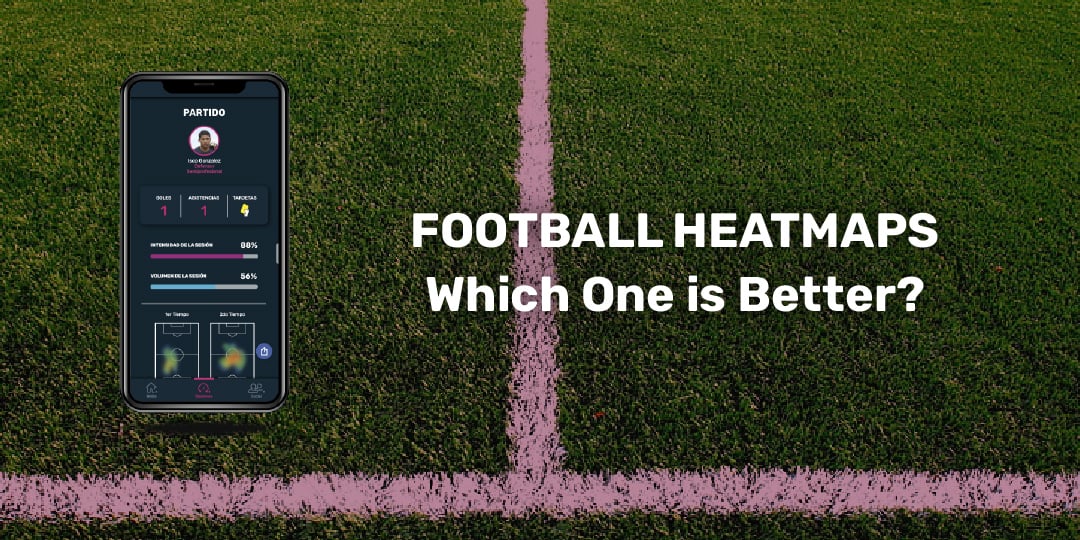
Many people don't know that football heatmaps are created using different techniques. What is a heatmap formed by events? And what about geolocation? How does one differ from the other? Discover the answers in this article!
What is the Purpose of Heatmaps in Football?
Simply put, a heatmap is a graphical representation of the location of one or more players within a playing field. This representation is based on information that can be collected in different ways.
From the coaching staff of a team to journalists and fans, many use and analyze heatmaps of players. Some of the most common uses are: understanding which parts of the field were occupied during a match by a certain player, preparing matches by analyzing the expected position of opponents and understanding to what extent tactical planning was followed in the post-match analysis.
Football Heatmaps: Events vs Geolocation
The most important aspect to consider when building a heatmap is how to collect the data that will be used for its construction. In that sense, there are two main ways to design heatmaps: event datasets or tracking/geolocation datasets.
In the first case, all the actions performed by a player during a match (shots, crossing passes, fouls, offside, etc.) are labelled with their corresponding Euclidean position and then used as input to infer where the player was located during the match.
The tracking data sets, in turn, reflect a real position of a player and are built with the help of devices like GPS trackers which capture players’ precise location at regular time intervals and thus create a heatmap.
Differences Between Heatmaps: Case Study Analysis
First case: Central defender. Defended goal: the one on the left.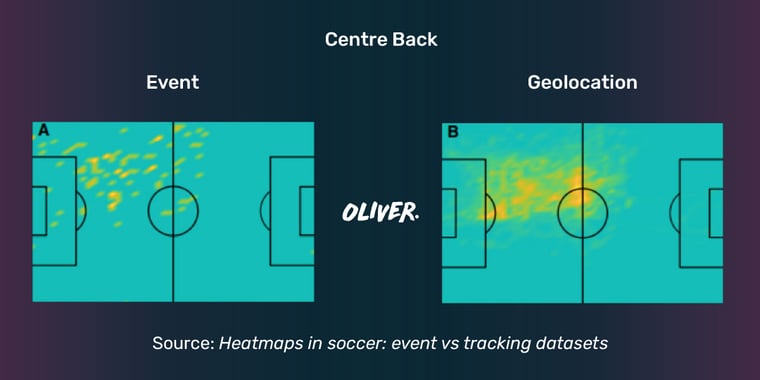
Although in this case, both maps provide a similar image concerning the area they demarcate, we can see that the intensity varies substantially. While the event-based map does not detect a large presence of the player in the center of the field, the map built using geolocation data shows that in reality, the center of the field was the sector where the central defender in question was positioned in the most.
And while the maps themselves may not seem to be that different, the conclusions we could draw from them are. The reality is that in this case, the defender was a part of the team whose players most of the time positioned themselves in the opponent's half of the field, which resulted in the player often being located in the center — something that the event-based heatmap does not reflect.
Second case: Central forward. Defended goal: the one on the left.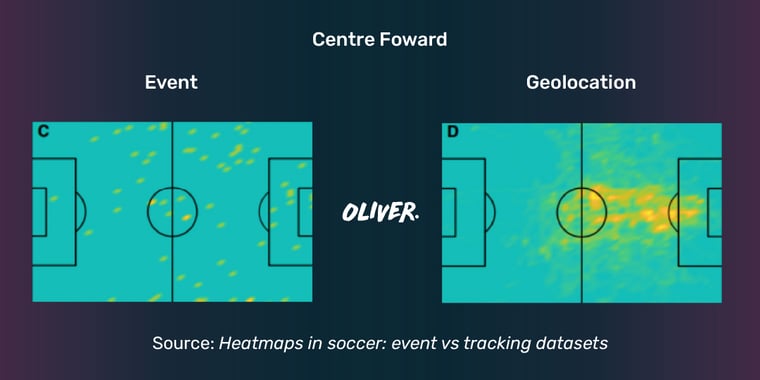
This is an ideal case that showcases the limitations of event-based heat maps. If we were to look at the event map, it would generally be impossible to determine where the player was situated in the field to perform further analysis. What’s more, we wouldn't be able to draw conclusions about the forward's positioning during the game or understand their playing style.
On the other hand, with the geolocation-based heatmap, we can detect that the player is a forward who predominantly moves through the central lane of the field. Additionally, they spent most of their time in the vicinity of the penalty area with very little positioning in their half of the football pitch.
Let us know your opinion on both heatmaps in the comments section!
Which Kind of Heatmap is Better for Football?
Although it may seem difficult to answer this question, there is a clear conclusion: a heatmap formed using tracking data is much better than the one created using events.
The main reason is that geolocation-based heatmaps are formed by millions of data points which make it much more precise and clear. Additionally, it is way more reliable in terms of the player's actual position, thus better fulfilling the purpose for which heatmaps were created in the first place.
The advantage of event-based heatmaps is that they are easier to create. However, in the end, they are not as accurate in demonstrating which area of the field was covered by the player.
How to Get Your Own Football Heatmap?
Learning about your position on the field and obtaining a heatmap like an elite player is possible with OLIVER, which is the most accessible and accurate option in the market. For a price similar to a pair of football boots, you can get yourself your own OLIVER GPS tracker.
Aitor Puñal, OLIVER’s ambassador, used the device in the match against Real Jaén, in which his club, Marbella FC, achieved promotion to Segunda Federación. This is the heatmap he obtained using OLIVER’s GPS device:
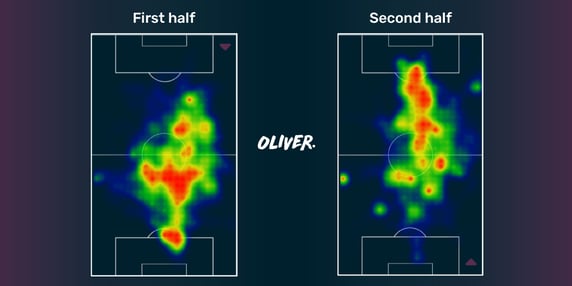
In addition to offering accurate and reliable heatmaps, OLIVER also measures athletic, health, and football metrics, which is possible thanks to the placement of the GPS on the leg.
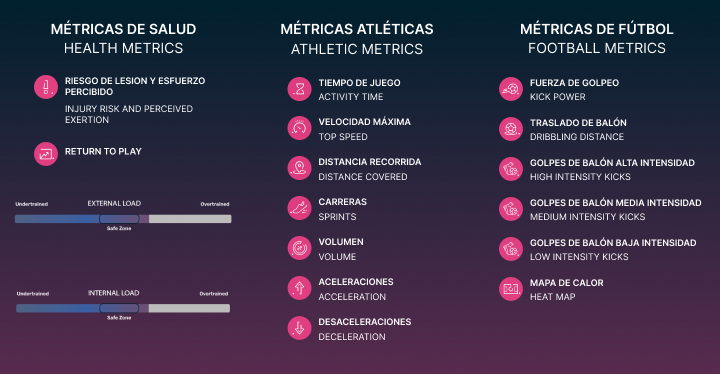
Learn more about OLIVER and how to boost your performance using GPS technology.


